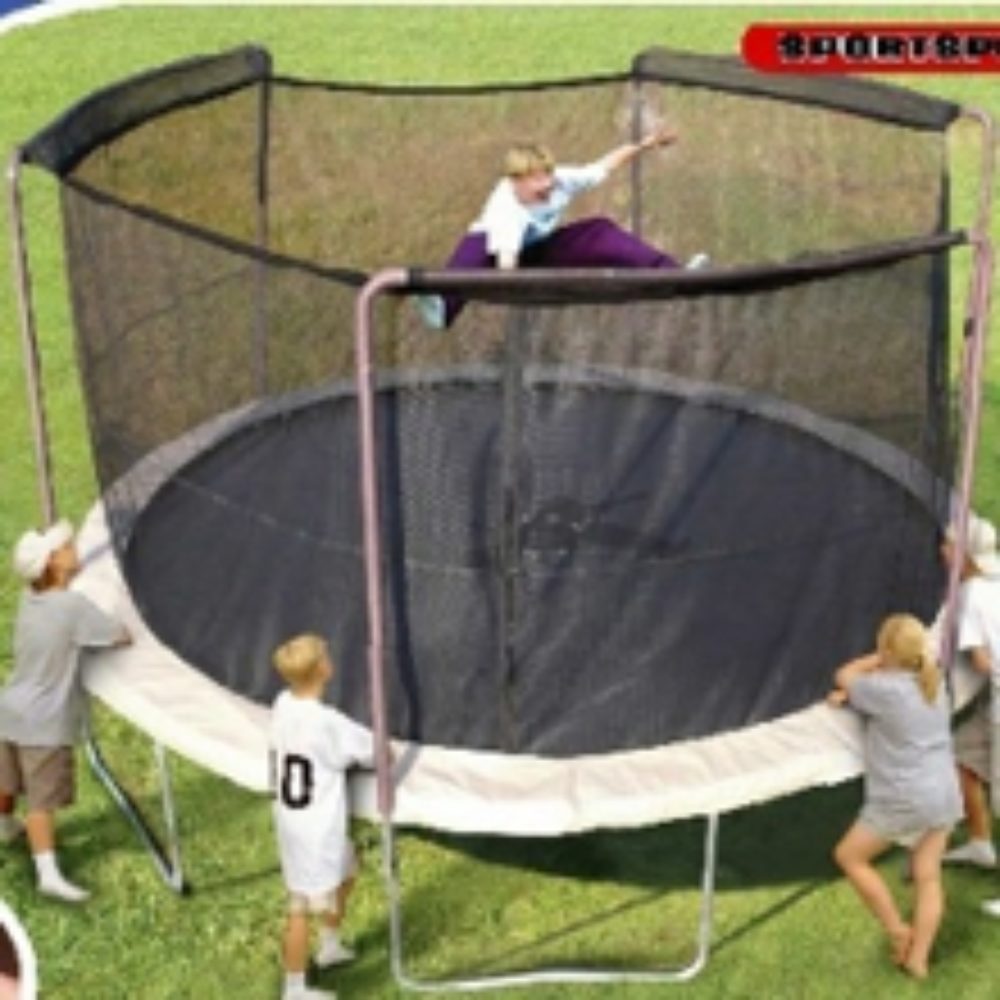Trampoline Risks Highlighted by Utah Girl’s Death

A 9-year-old Utah girl died last week on a trampoline, after she was thrown more than 150 feet when the trampoline was blown over by a gust of wind.
The case highlights ongoing concerns among parents and the medical community over the use of trampolines by children. A number of health care and government agencies have warned that children should not be using trampolines due to the potential risk of injury or death.
According to the National Electronic Injury Surveillance System, there are about 98,000 trampoline accidents each year. According to the American Academy of Pediatrics (AAP), trampoline injury rates in 2009 were 70 per 100,000 for children four and under, and increased to 160 per 100,000 for children between the ages of five and 14.

Did You Know?
Millions of Philips CPAP Machines Recalled
Philips DreamStation, CPAP and BiPAP machines sold in recent years may pose a risk of cancer, lung damage and other injuries.
Learn MorePolice investigating Sidwell’s death have indicated that the trampoline was correctly assembled. They also say it was anchored to the ground and had a safety net. The girl’s death is being considered a freak accident, but the tragedy has renewed concerns surrounding trampoline risks.
In September 2012, a report issued by the AAP in the journal Pediatrics suggested that there is no way to make trampolines safe for recreational use by children. The report found that safety measures put in place by many manufacturers, including safety nets, padding and anchors, have failed to reduce the risk of injury for children.
The trampoline industry has attempted to address the safety concerns, the report notes, by extending padding to the frame and springs, improving the quality of the padding and by not including ladders that would help young children get onto the trampolines unattended. However, the report determined that “[e]nclosures and padding are not expected to prevent the large numbers of injuries that occur on the trampoline mat itself and may provide a false sense of security.”
Adults using trampolines have been encouraged to read all material provided by a manufacturer, make sure shock-absorbing material is laid down under and around the trampoline, periodically check the trampoline for wear, and to never use the trampoline during hours of darkness. Users are also encouraged to do warm up exercises before using trampolines and not to dismount by jumping off.
Additionally, the U.S. Centers for Disease Control and Prevention have reported that more than half of all trampoline injuries, adult or child, occurred when there were two or more people using a trampoline simultaneously.
Get more articles like this sent directly to your inbox.
"*" indicates required fields




0 Comments